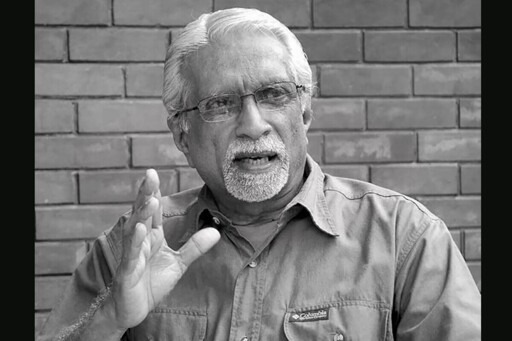Founder’s Briefs: An occasional series where Mongabay founder Rhett Ayers Butler shares analysis, perspectives and story summaries. Few men have stood so squarely in the crosshairs of development and conservation in Sri Lanka as Jayantha Jayewardene. A former rugby forward with a spine of steel, he spent decades grappling with a quieter, more consequential struggle: How to protect the island’s dwindling wild elephants amid its swelling human population. He approached the challenge not with sentiment, but with a cool blend of ecological knowledge, bureaucratic skill, and public education. Born in 1944, Jayewardene began his professional life managing tea plantations, a role that gave him intimate insight into how land, labor and wildlife intersect. He later became a senior official in the Mahaweli Development Programme, Sri Lanka’s largest post-independence infrastructure initiative. There, unlike many of his peers, he insisted that economic transformation could — and should — include space for wildlife. He pushed for protected corridors and buffer zones at a time when few colleagues saw elephants as anything more than obstacles to irrigation. His shift to full-time conservation came through the Biodiversity and Elephant Conservation Trust, which he founded in the 1990s. Where others focused on enforcement or policy alone, Jayewardene saw that shifting attitudes was just as critical. His school awareness programs, rolled out across more than 2,000 schools in conflict zones, reached more than 100,000 children. He believed children were the most effective entry point to change, often citing how lessons brought home could nudge entire families toward…This article was originally published on Mongabay
From Conservation news via this RSS feed


